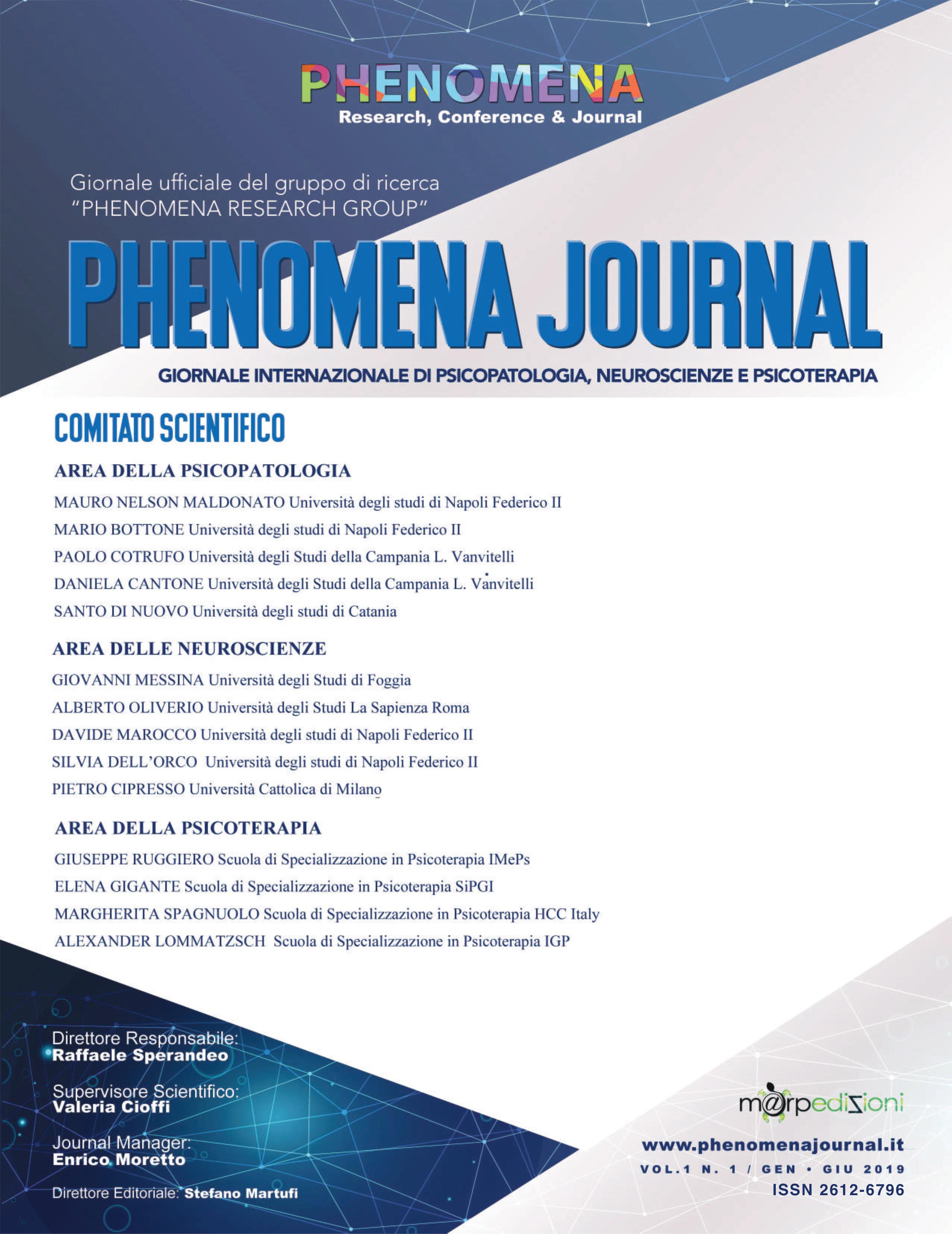Multimedia technologies and negative effects in adult-child reciprocity communication
Published 2019-06-15
How to Cite
Abstract
The work highlights, through a review of the literature, the negative effects of the use of multimedia technologies in the first years of life. in particular, it emerges that the use of multimedia technologies (smartphones, tablets, tV) during the caregiver-child interaction, either by the caregiver or by the child, interrupts the function of relational mirroring, compromising the face to face interaction and, therefore, the acquisition of emotional self-regulation. the face-to-face communication between adult and child co-adjusts, moment by moment, the dialogue of emotional expressions moving from synchronic states in which both share the same expressions, to asynchronous states in which one distracts attention
from the other. in the dyad, face to face, the child can repair this dysregulation and thus develop the expectation that intense emotional experiences of interruption in contact are not disorganizing and can be effectively addressed thanks to modulation and containment of the adult. this does not happen if the adult-child tonic dialogue is interrupted by the use of smartphones, tablets, tV because the interruption causes an incongruous communication in which the child loses his face to confront to give meaning to reality by developing a negative representation of events in which there are no longer any repair expectations. the positive correlation between disorders in the developmental age and early
and continuous exposure to television and digital media found in recent years has led me and other researchers to an intense and continuous bibliographic update in this regard and to the construction of an easy-to-use tool: the questionnaire r.c.r (relational communication risk) that monitors and clarifies the amount of time dedicated to Digital Media individually and / or together with the parent, through a quantitative score that highlights the risk * relational communication.
However, the comparison with a control group, made up of “normotypical” children and parents, is of fundamental importance: ongoing research work.

